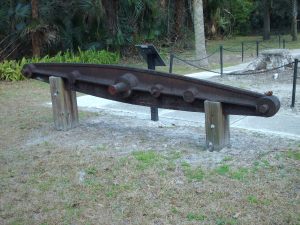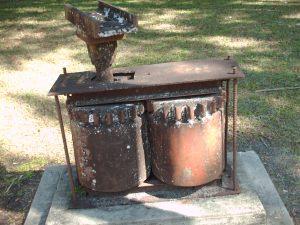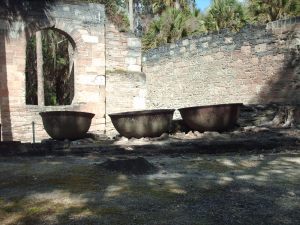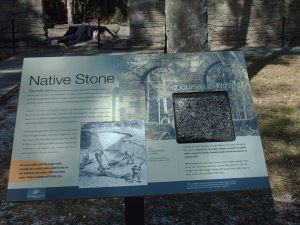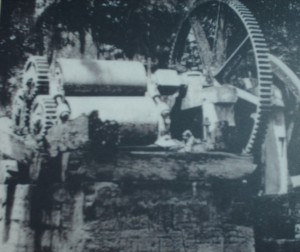Drive up the winding road to Chinsegut Hill Historic Site at 22495 Chinsegut Road in Brooksville. Listed in the National Register of Historic Places, formerly a plantation, the home is situated on 114 acres. The docent told the story of the four families; each had their own relationship to the land that include photographs throughout the home that bring to life their personal stories. All the families that bought the Chinsegut Hill property were from South Carolina.
Colonel Bird T. Pearson bought 160 acres in Hernando County. He built a cabin on the property and with his enslaved people planted sugarcane. He was a lawyer and served on the Florida Supreme Court from the mid-1850s to the late 1850s.
Francis Ederington bought the property from Colonel Pearson. He started construction on the house and named it Mount Airy. On the plantation with his enslaved people, they planted sugar cane, cotton, and corn. He had a large family and after he and his wife died his daughter Charlotte who was only 18 years old raised six of her siblings.
Dr. Joseph Snow and Charlotte Ederington married and bought Mount Airy and renamed the property Snow Hill. He practiced dentistry and had a practice at the home.
The Robins family were the most influential family to live at the home. Elizabeth Colonel Raymond Robin’s sister bought the home for her brother and her in the early part of the 20th century. He spent time in Alaska and panned for gold. When he returned to Brooksville, he married Margaret and they moved to the home and named the home Chinsegut an Innuit name that means “The spirit of things lost and regained.” Rooms were added to the home throughout their life. He lived at the home until his death and donated the estate to the government. Raymond engaged in politics and Margaret was the president of the National Women’s Trade Union League.
During the Great Depression, the Civilian Conservation Corps (CCC) was used as a sub-tropical agricultural research station.
 Walk around the grounds and read the signs that give a detailed history of the different buildings on the property. I enjoyed touring the home. The docent was knowledgeable, I recommend visiting the site. Prices and hours of operation are on the website.
Walk around the grounds and read the signs that give a detailed history of the different buildings on the property. I enjoyed touring the home. The docent was knowledgeable, I recommend visiting the site. Prices and hours of operation are on the website.



